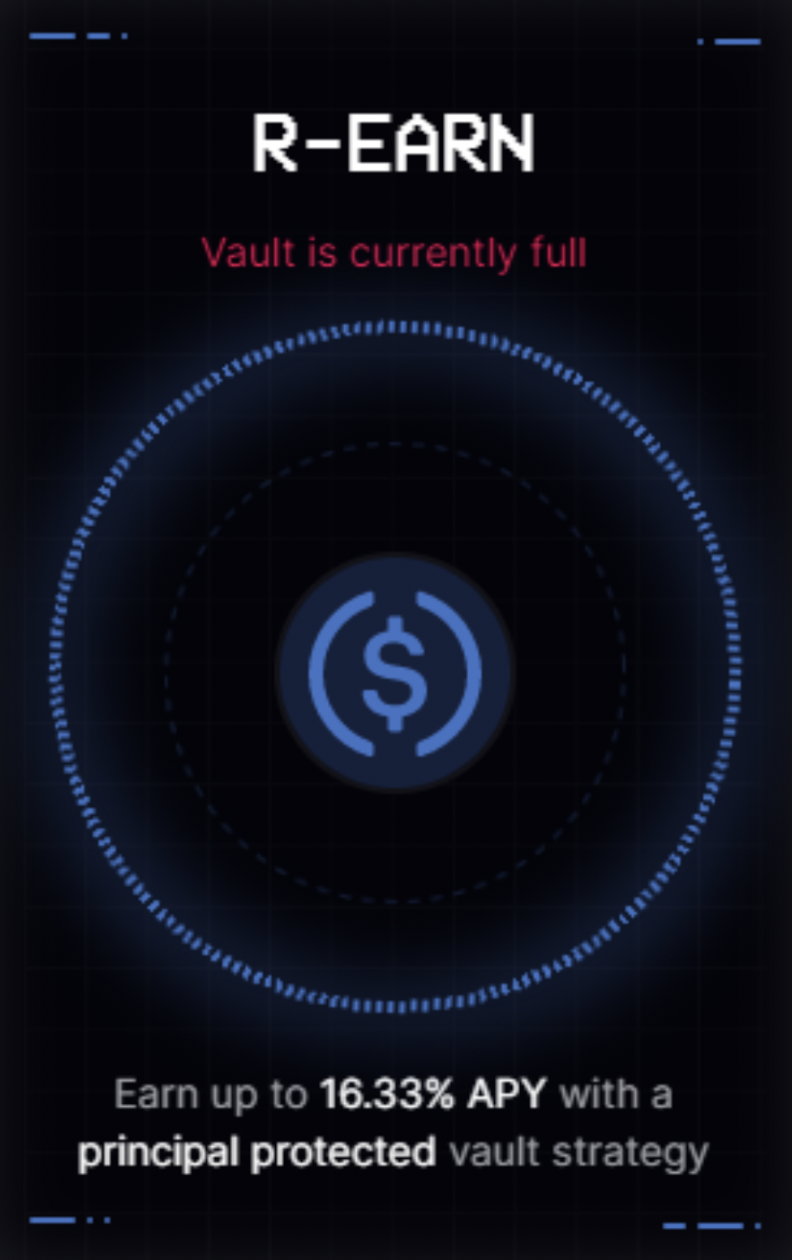R-EARN: Structured Products
Structured products are nothing new in the world of traditional finance, and now they are making their way into the world of crypto. These types of products can be a powerful and an effective way to earn yield while at the same time keeping the initial amount of capital you invest relatively safe.
Ribbon has recently come out with their new structured vault and it’s quite good. The type of product they built uses what’s called a “Twin Win” strategy, meaning it doesn't matter if price moves up or down, you can “win” either way. Today, we want to explain to you how it works in the simplest terms possible. But to understand this product fully we first need to understand what exotic options are.
Exotic Options
Most of us are familiar with vanilla options, these are the main options we all know, love, and trade everyday.
“A vanilla Option is a financial instrument that gives the holder the right, but not the obligation, to buy or sell an underlying asset at a predetermined price within a given timeframe. A vanilla Option is a call Option or Put Option that has no special or unusual features.”
The key there is “no unusual features.” Exotics on the other hand, do have what we consider unusual features. Now, there are many different types of exotics, but today we are going to focus on what are called European Knock Out Barrier Options (KO).
Here is the Investopedia definition of a KO, “A knock-out Option is an Option with a built-in mechanism to expire worthless if a specified price level in the underlying asset is reached. A knock-out Option sets a cap on the level an Option can reach in the holder's favor.”
Let’s break this down by looking at an example, imagine Bitcoin was trading at $20k, and you decided to purchase a $20k call Option with European KO barrier at $21k, if Bitcoin’s price breached $21k, the KO Option would become immediately worthless. In other words, that price barrier is what knocks you out of the contract.
So, why would anyone buy exotics and not just buy a vanilla Call, the answer is simply that these types of contracts are much cheaper. In other words, the leverage of KO options can be much greater for an investor compared to vanilla options. Finally, because they are cheap you can structure them along with an earned interest rate in such a way as to earn money virtually risk-free with what's known as a structured product (although nothing is ever truly risk-free).
Twin Win
This brings us to the Ribbon’s R-Earn vault otherwise known as the “Twin Win” strategy. Here is how Ribbon describes the vault straight from their website.
“Depositors can capitalize on the intra-week ETH movements in either direction while also ensuring their capital is protected. The vault earns a base APY and uses the remaining funding to purchase weekly at-the-money knock-out barrier options. As the epoch of the vault is one month but the options purchased are weekly options, 4 options are purchased within one epoch.”
What does this mean exactly? Let’s break it down step by step:
Step 1: You deposit USDC into the R-Earn vault.
Step 2: Ribbon lends money to credit worthy institutions and collects an interest rate (let’s say 9% p.a.)
Step 3: Ribbon used that 9% p.a. to buy weekly ATM Straddle KO options.
Result 1: ETH moves up or down but doesn’t break the barrier thus resulting in profit for the vault (profit capped at 16.33% projected APY).
Result 2: ETH breaks a barrier resulting in the options expiring worthless. However, since the options were bought with interest earned from lending the principal you lose no money. Hence why they call this a “Principal Protected” product.
“The weekly barrier options enable the vault to participate in any ETH upside up to 108% of the ETH's spot level at the start of the week (upside barrier) and any ETH downside down to 92% of ETH's spot level at the start of the week (downside barrier). However, if the price of ETH increases or decreases by more than 8% during the week, the barrier options expire worthless and the vault earns the base APY only”.
Risk
Even though this is a “principal protected product” there are still looming risks, but Ribbon does a good job of disclosing this on their website.
“Market makers taking the other side of Ribbon Earn trades carry credit risk and could potentially default in the case of extreme events. This means that both the principal and yield invested could be lost in the event of market makers defaulting. Ribbon works with accredited market makers who have a history of creditworthiness in order to minimize the risk of default for retail investors”.
Final Thoughts
While, it's true, the APY’s on structured products can be lower, they also carry much less risk. The peace of mind that comes with having your principal protected to a certain extent is attractive to many people and something worth giving up a few points of yield for. In fact a product like this is so attractive that it filled its cap of $5M within 48 hours! So do your own research but it would seem the evolution of defi is upon us.



